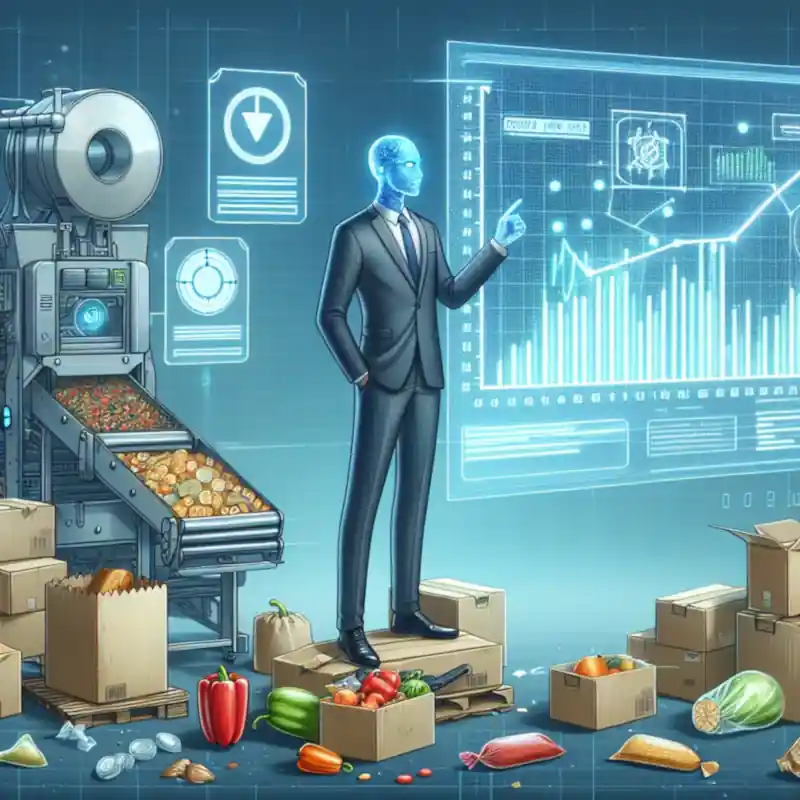In today’s ever-expanding food production industry, efficiency and cost-effectiveness are two key factors that determine the success of a business. One piece of equipment that has been gaining attention in this sector is the food depackager. This machine is designed to separate food waste from its packaging, allowing businesses to recycle and reduce their waste more efficiently. But while the benefits might seem clear, some may still question whether investing in a food depackager is truly worth it. To help answer this question, we will conduct a cost analysis that delves into the financial implications of incorporating this machine into your business operations.
Initial Investment
The first factor to consider when evaluating whether a food depackager is worth the investment is the initial cost of purchase. This can vary widely depending on the model, make, and size of the machine you choose. A small-scale depackaging machine can range from $10,000 to $50,000 while larger industrial models can cost upwards of $200,000.
Operating Costs
Beyond just the initial purchase price, potential buyers must also consider operating costs. These costs typically include energy consumption, maintenance expenses including parts replacement and service fees if any breakdown occurs. The efficiency and durability of a food depackager play crucial roles in determining these ongoing costs.
Potential Savings
Now let’s look at where you could potentially save by investing in a depackaging system. The primary saving comes from reduced waste disposal costs as food waste separated from its packaging can be repurposed or composted rather than being sent to landfill which can be costly over time.
Moreover, recycling packaging materials such as plastic or cardboard also offers potential savings or even revenue streams as many recycling companies pay for these materials.
Lastly, using a depackager could result in labour savings as manual sorting and separation of products from packaging are both time-consuming and costly tasks.
ROI Considerations

The return on investment (ROI) of a food depackager can be calculated by comparing the total of all costs (purchase price and operating costs) against the potential savings. If savings outweigh the costs over a certain period, the investment can be considered worthwhile.
It’s important to remember that the ROI will vary greatly depending on several factors, including the size of your operation, waste disposal costs in your area, labour cost, and how much you could earn from selling recycled materials.
Food Depackager Cost Analysis Conclusion
While a food depackager can require significant upfront investment, its potential for cost savings in terms of waste disposal, recycling revenue and labour hours could make it a worthwhile addition to your operation. As with any major business investment, it is crucial to conduct thorough research and cost analysis specific to your situation before making a decision.
